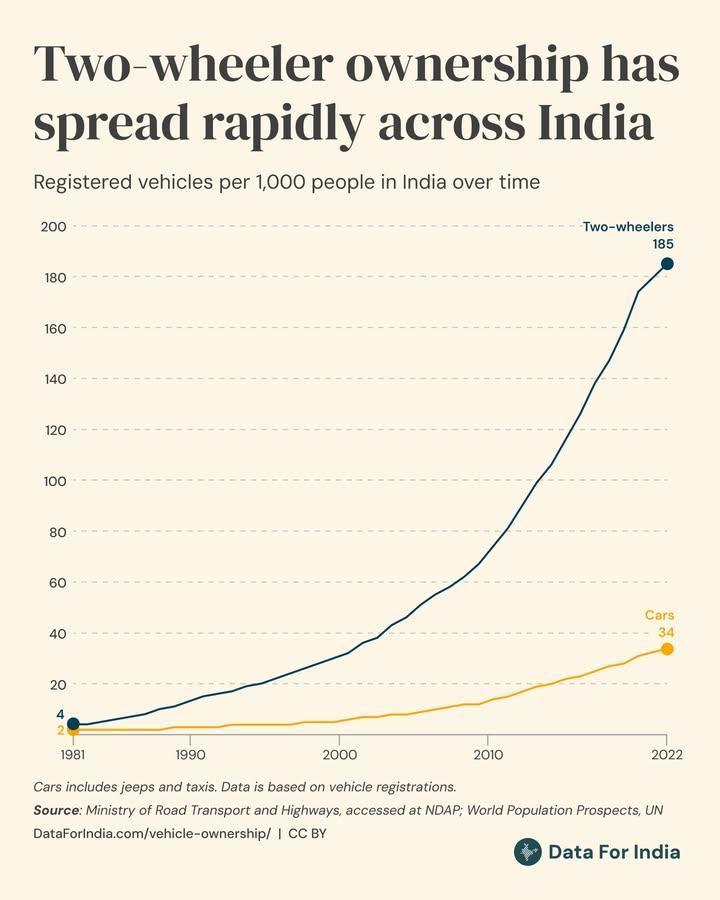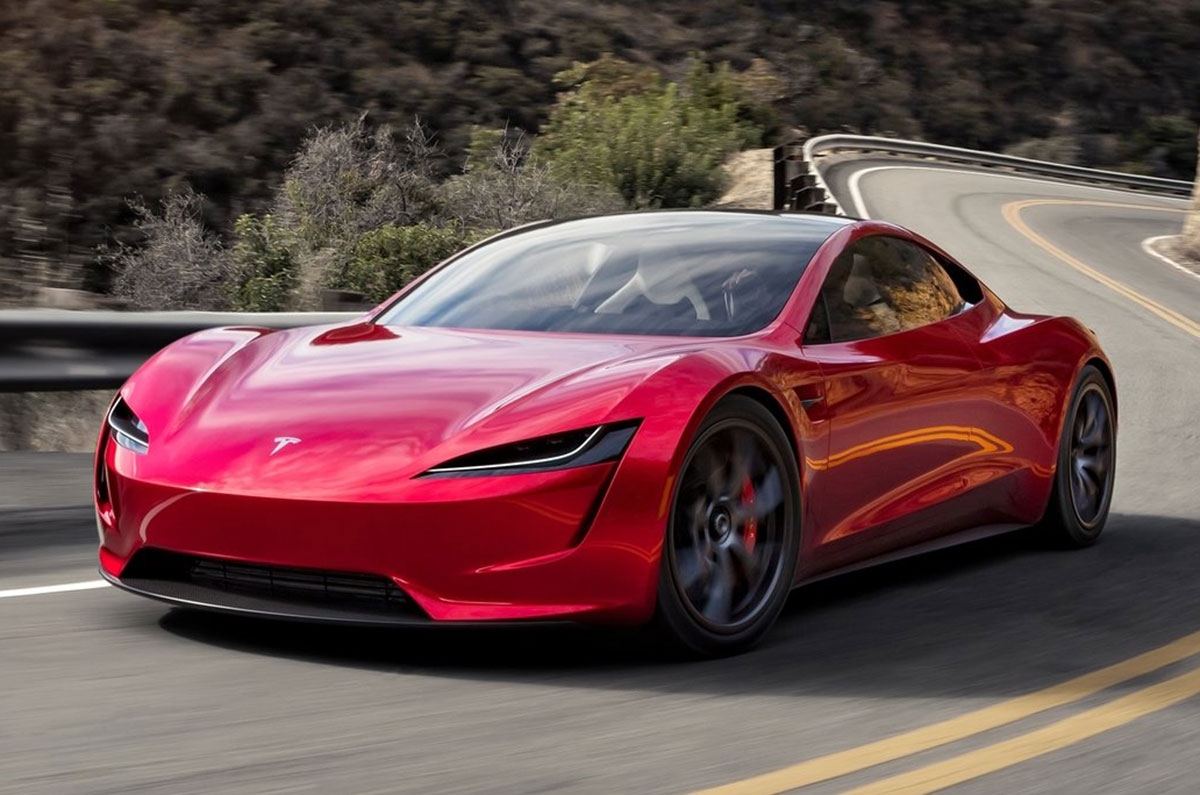Back
Comet
#freelancer • 7m
📖 Toyota's story: from a textile workshop to automotive giant In a small looming workshop in Japan, at the beginning of the 20th century, Sakichi Toyoda invented an automatic loom that revolutionized the textile industry. But his son, Kiichiro Toyoda, dreamed of something bigger: create cars. With determination and limited resources of the family business, in 1937, Kiichiro founded Toyota Motor Corporation. It was not easy: Japan was in crisis, the war ravaged the world, and compete against giants as Ford seemed impossible. But Toyota had something that others did not: an obsession for doing things better. 1. The birth of "Kaizen" In the 50s, Toyota was a small company, but his philosophy of continuous improvement (*Kaizen*) differentiated her. Each worker, from the operator to the manager, sought ways to optimize processes, reduce waste and increase quality. 2. The "just in time" revolution While Western automakers accumulated inventories, Toyota implemented a radical system: produce only what is necessary, when necessary. This saved them millions and made them more efficient. 3. The crisis that made them stronger In the 70s, the oil crisis sank many automakers. But Toyota, with his efficient and reliable cars, not only survived, but conquered markets. The Toyota Corolla became a resistance symbol. 4. The PRIus: Innovate or die In 1997, when no one believed in hybrid cars, Toyota launched the PRIus, changing the industry forever. It was a risk, but their commitment to innovation consolidated them as leaders. 5th from Japan to the world (without losing its essence) Toyota expanded to the US, Europe and Latin America, but never lost its identity. Adapting to each culture, but maintaining its quality and philosophy. Success is not luck. It is constancy, intelligence and adaptation. 🚀
More like this
Recommendations from Medial
Saket Sambhav
•
ADJUVA LEGAL® • 6m
Beat Burnout Before It Begins! The "Kaizen" Way to a Sustainable Founder Life. 🧘♂️⏳ Founder burnout is an epidemic. But the fix might not be grand gestures, but tiny, consistent steps. Let's apply "Kaizen" – the Japanese principle of continuous s
See More
Only Buziness
Everything about Mar... • 11m
Why Management Is as Important as Marketing Marketing attracts customers, but management ensures success. Here’s how top companies have used exceptional management to thrive: • Apple: Steve Jobs streamlined operations, fostering innovation and coll
See More
Account Deleted
Hey I am on Medial • 7m
Globally India has one of the lowest number of registered cars, but highest number of 2-Wheeler per 1,000 people.. As of 2022, India roads have more than 260 Million 2-Wheeler and more than 50 Million cars. Relative to the India’s population, there
See More
Download the medial app to read full posts, comements and news.



































